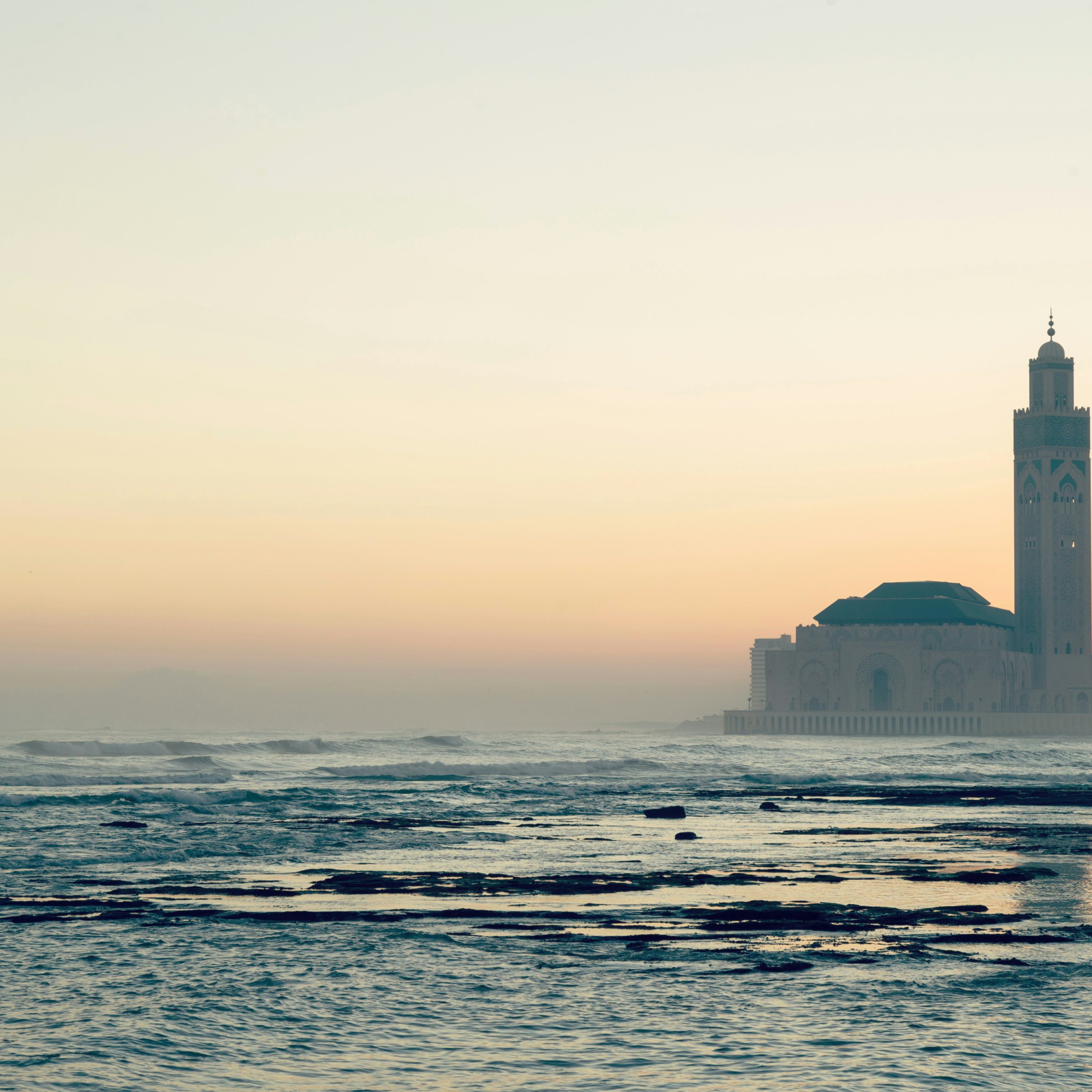
Overview
This windswept coast is home to Morocco's cultured capital, Rabat, and its economic hub, Casablanca. The refined Moorish architecture and liberal attitudes on display in both cities are a far cry from the medieval medinas and conservative lifestyles of inland cities such as Fez and Marrakesh.
Meet your new travel partner
Stay connected in Northern Atlantic Coast
Unlimited data while you travel with Holafly eSIM. Use code LONELYPLANET for an exclusive discount.
Must-see attractions
Get a book. Get inspired. Get exploring.
in partnership with getyourguide


















